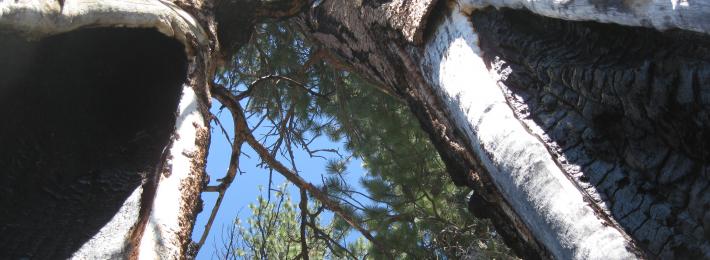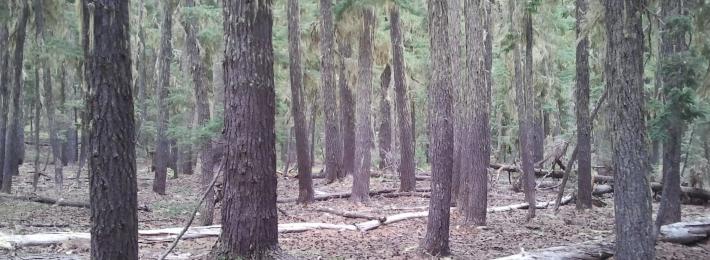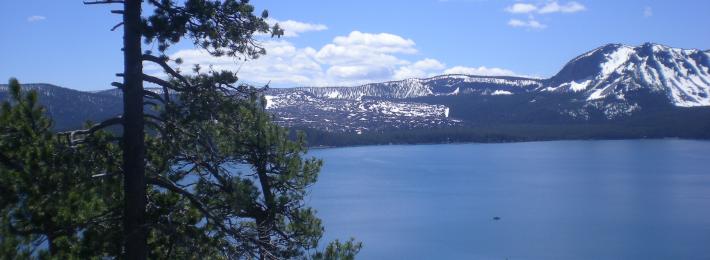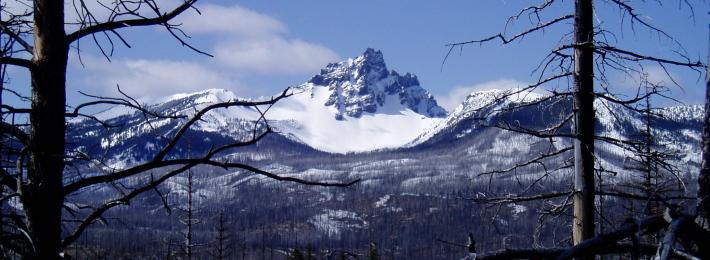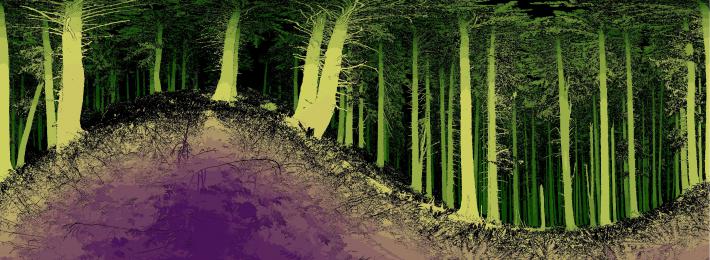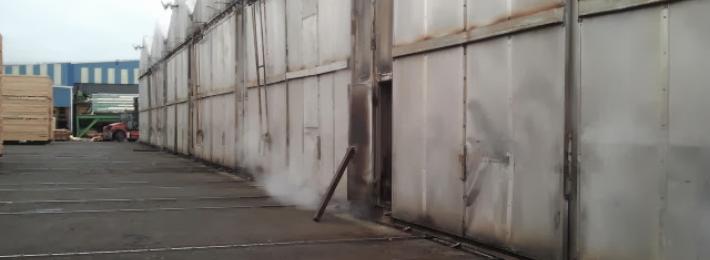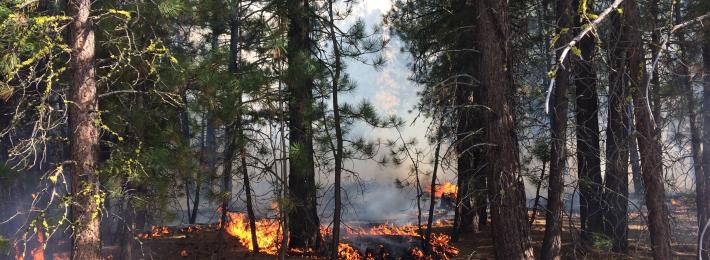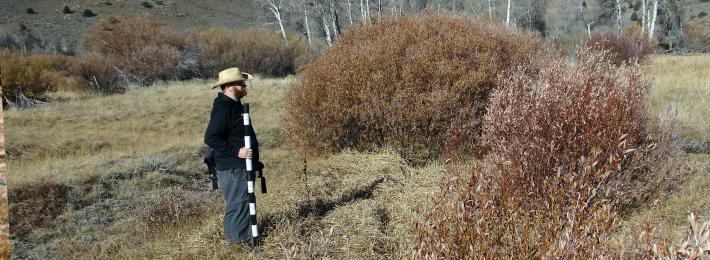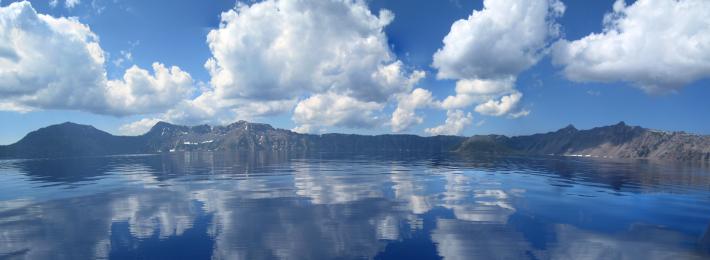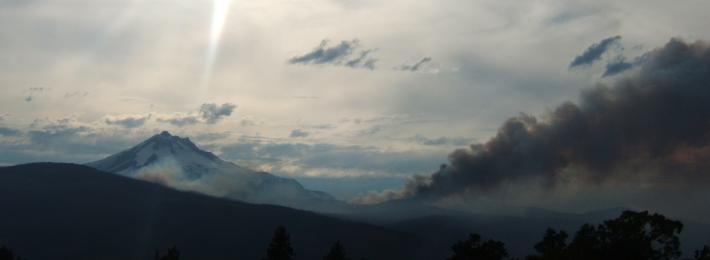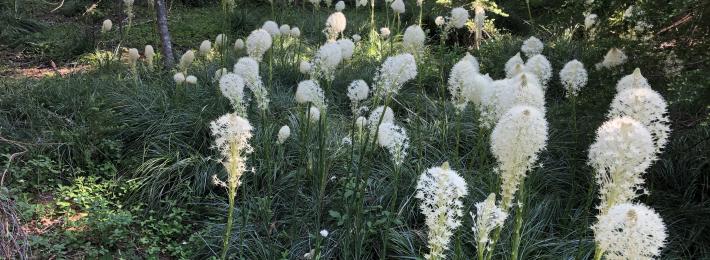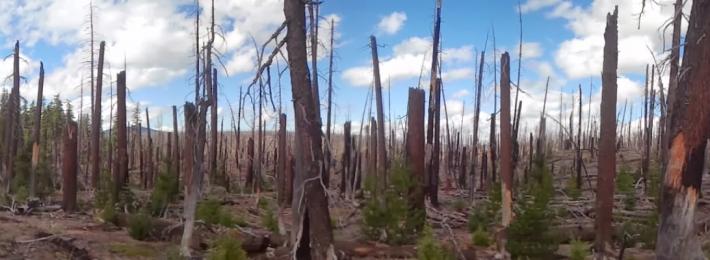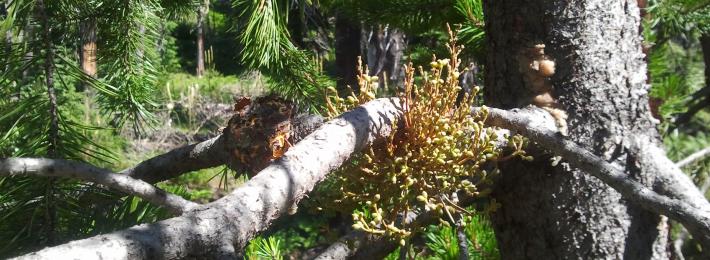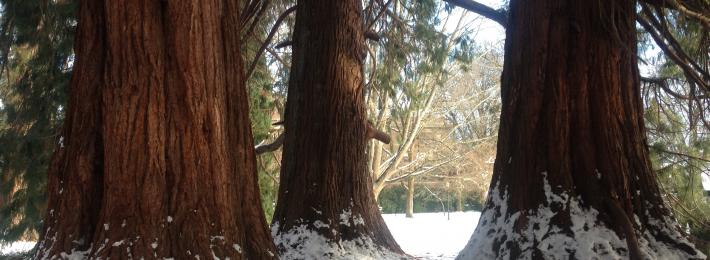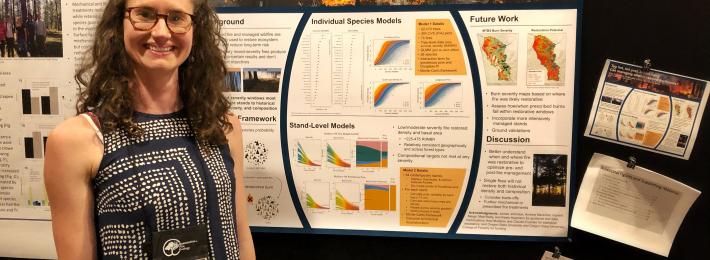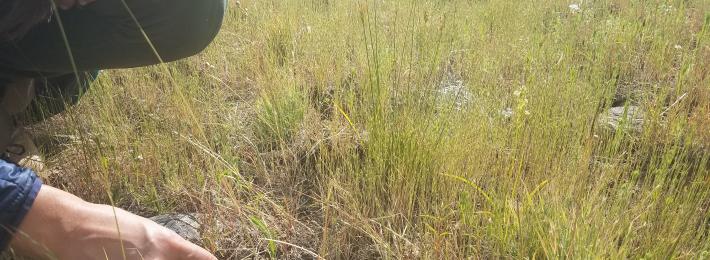Save the Date for WFGRS 2023: Friday April 14th!
Home Page
WFGRS 2023
This year's symposium will be cohosted with RAFWE (Research Advances in Fisheries, Wildlife, and Ecology Symposium)! Oral presentations will be scheduled for morning or afternoon blocks and poster presentations will take place during a lunch block on April 14th 2023. Students will have the opportunity to give a formal 12-minute presentation of research results with 3-minutes of Q&A at the end, or present a poster on a proposal or results in a 60 minute casual Q&A session allowing interaction with attendees.
WFGRS-RAFWE 2023 Keynote Speakers || Cal Mukumoto and Gabe Sheoships

Cal Mukumoto is State Forester and Director of the Oregon Department of Forestry. Cal's extensive leadership career includes diverse accomplishments in economic development, natural resource management, turnaround solutions, and biomass energy development. He has worked extensively in the Native American business community, serving on the Boards of six Tribal enterprises. Cal is a graduate-level forester who has managed all aspects of forests. He was Chair of the Oregon Parks and Recreation Commission, has served as Vice-Chair on the Oregon State Board of Forestry and was a board member of the U.S. Board for the Forest Stewardship Council. Cal also enjoys being engaged in his community by being a member of the Board of Education for Southwestern Oregon Community College and participating on the Board of Trustees of Oregon Parks Forever. He has also worked on local forest collaboratives, chairing the Metolius Multi-party Management Team for eight years. Cal holds a bachelor’s degree in Forest Management from Humboldt State University and a Master of Business Administration from the University of Washington.

Gabe is the Executive Director of the Friends of Tryon Creek, where he leads efforts focused on community building, environmental engagement, and protection of the natural world. Gabe is Cayuse, an enrolled citizen of the Confederated Tribes of the Umatilla Indian Reservation. Friends of Tryon Creek is a 52-year-old 501(c)(3) non-profit organization dedicated to an urban forest within the boundaries of SW Portland and Lake Oswego, Oregon. Environmental education, community engagement, and ecological restoration have been the focus of the organization’s mission, in partnership with Oregon State Parks. Under Gabe’s leadership, the organization has taken strides to recognize the Indigenous narrative of the land, and to better serve the forest and human community through the lens of an Indigenous worldview. The organization serves 60,000 people each year, of that 25,000 are K-12 youth, primarily elementary age students. Gabe has reinvigorated the organization’s board of directors, strategic plan, mission, and staff to better reflect the whole community, which includes the entire Portland, Oregon metropolitan area. Under his leadership, new programming includes: a cultural fire restoration plan, culturally focused BIPOC (Black, Indigenous, Peoples of Color) nature day camp programming, and a campaign to build a new education pavilion within the forest canopy, in addition to continued environmental programming that instills values of ecological stewardship within the large, diverse human community. www.Tryonfriends.org. Gabe is the co-founder of the Oregon Land Justice Project, a statewide effort to build shared land reclamation and environmental conservation goals, between environmental organizations and Pacific Northwest Tribes. Gabe serves as co-instructor for the Portland State University Certificate in Tribal Relations Program, through the Institute of Tribal Government and Center for Public Service in the Mark O. Hatfield School of Government. Gabe was appointed as a commissioner for the City of Portland’s Planning and Sustainability Commission in 2021. In other volunteer roles, Gabe serves as the Board President for the Tributaries Network, Chair of Nesika Wilamut (formerly Willamette River Network), and is a board member for the Center for Diversity and the Environment, and Freshwaters Illustrated, three of the four being nonprofit environmentally focused organizations. Gabe has an MSc in Fisheries Biology from Oregon State University, and a B.S. from Portland State University.
Keynote Addresses ||
Cal: Oregon Department of Forestry, Research Needs and Policy Development
Gabe: Indigenous worldviews, western models of environmental management, and ecological futurisms
What is WFGRS?
The annual Western Forestry Graduate Research Symposium (WFGRS), hosted by Oregon State University’s College of Forestry graduate students, showcases current student research. The symposium promotes academic achievement by challenging students to present their research and receive peer feedback from a diverse student and faculty audience. The event facilitates engagement, enthusiasm, and collaboration between participants. Topics span ecology, forest management, forest products, human connections and the relationships between these subjects. WFGRS communicates research projects spanning all three departments of OSU’s College of Forestry: Forest Ecosystems & Society, Forest Engineering, Resources & Management, and Wood Science & Engineering.
Want to Attend?
Participation and attendance is open to everyone. The one-day symposium is usually held at Richardson/Peavy Hall, Oregon State University, Corvallis, OR 97331. Students who submit a feedback form for a poster or oral presentation by 5 PM on the day of the symposium will be entered into a prize drawing!
Submit an Abstract
In order to present at the symposium, abstract submissions must be completed online by the end of the day on Friday March 10th 2023.
If you have any questions, please reach out to .
The Organizers
The event is organized by College of Forestry graduate students. Click here to contact the organizers. The list of organizers can be found here.

